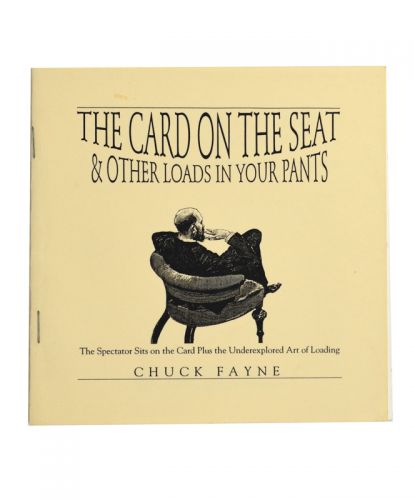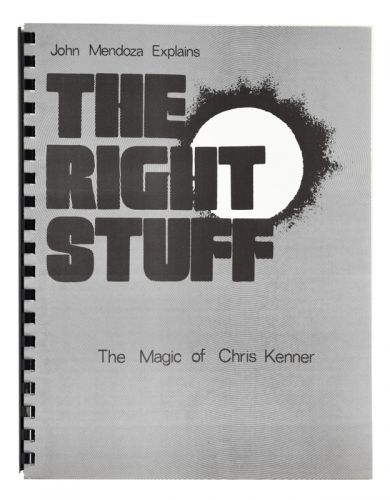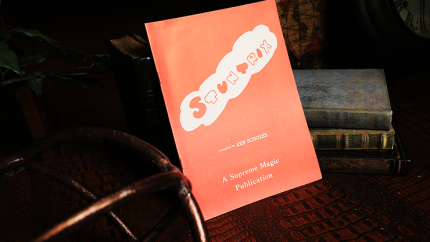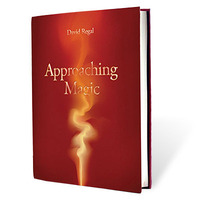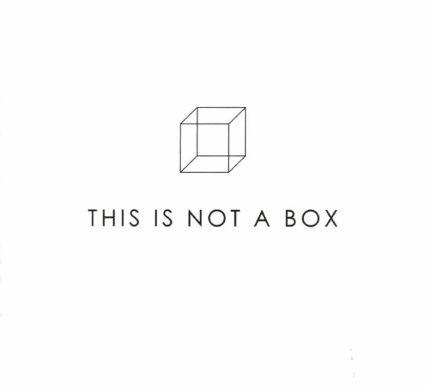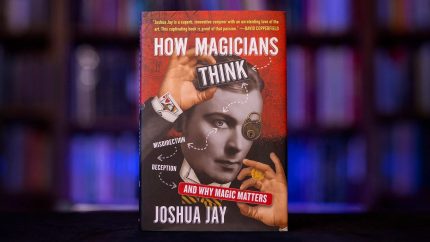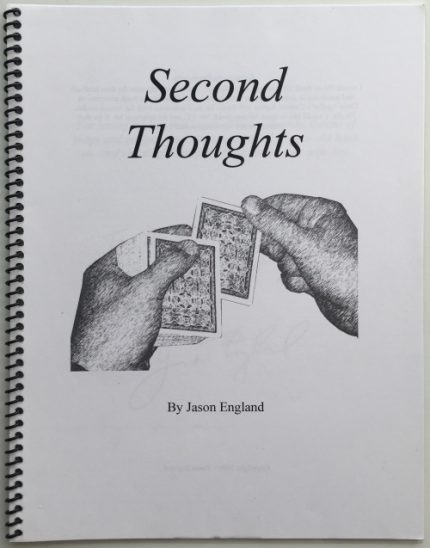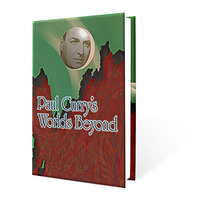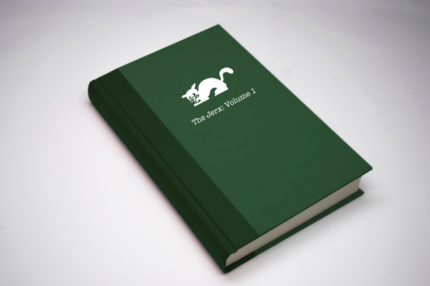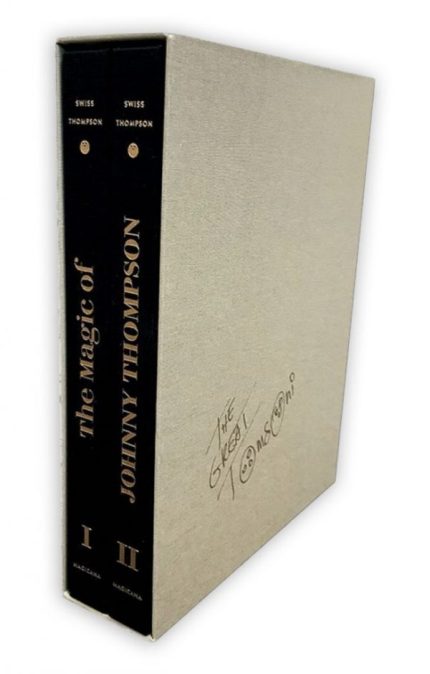Behold! Chuck Fayne’s secrets revealed! “The Card on the Seat” & more mind-bending magic. Signed card under spectator! A must-read for tricksters! Mesmerizing magic awaits!
Product information
Discover the Magic of ‘The Card on the Seat & Other Loads in Your Pants’ by Chuck Fayne
Step into the world of close-up magic with Chuck Fayne’s fascinating manuscript, ‘The Card on the Seat & Other Loads in Your Pants’. This compelling guide delves into two mesmerizing routines that are sure to captivate both magicians and audiences alike.
First Routine: The Card on the Seat
Experience the classic magic trick where a spectator, guided by the magician, discovers the magician’s selected card beneath themselves on their chair seat. Enhanced by the magician’s signature on the card, this routine offers a unique psychological twist that elevates the magical experience. Chuck Fayne shares extensive insights and valuable advice refined from years of performance, making this routine a must-learn for any practicing magician.
Second Routine: Loads in Your Pants
In this intriguing performance, five spectators each sign a card, which then mysteriously reappear in each other’s pockets—adding an unexpected twist to the vanishing card trick. This routine highlights Fayne’s innovative approach to traditional magic tricks, ensuring a memorable and unpredictable performance.
Why Choose This Manuscript?
- Expert Insights: Gain from Fayne’s seasoned experience in close-up magic.
- Enhanced Techniques: Learn advanced techniques and psychological nuances that bring a new level of sophistication to magic performances.
- Engaging Writing Style: Enjoy Fayne’s humorous and engaging narrative that makes learning both enjoyable and insightful.
While the manuscript is a focused treatise on these specific routines, it offers a depth of knowledge that reflects Fayne’s extensive journey in magic. Perfect for magicians looking to refine their skills or enthusiasts eager to expand their magical repertoire, ‘The Card on the Seat & Other Loads in Your Pants’ is an invaluable addition to any magic library.
Unlock the secrets of close-up magic with Chuck Fayne’s detailed manuscript. Learn two classic tricks enhanced with unique twists and professional insights for unforgettable performances.
This is a small manuscript which describes two routines. The first is the classic effect wherein a spectator apparently forms a card trick for the magician by following the mage’s instructions, and eventually the magician’s selected card is found beneath the spectator, on the seat of the chair where he or she perches.
In the second routine, five spectators each select and sign a card. The cards are returned to the deck, whence they vanish, with one selection appearing in the pocket of each spectator (although not in fact his or her own card).
The first effect will be known to many; one version can be found in The Magic of Eddie Fechter by Jerry Mentzer, recently expanded and re-published. Nevertheless, Mr. Fayne properly points out that while this plot is well known, it is rarely seen. Mr. Fayne, however, has been closing his close-up performances with this trick for some years. His obviously extensive experience enables him to offer much valuable advice, and one major improvement to the plot—the card to be discovered under the spectator is signed! So as not to be accused of writing a magic shop advertisement, I must add that the signature is in fact that of the magician, not of the spectator, but Mr. Fayne makes an excellent case for the psychological strength of this significant addition, and offers much insight as to how to get the most out of it.
The pamphlet is nicely produced, in a distinctive, small format that is decidedly, uh, cute. Mr. Fayne writes in a tone that is reflected in his mildly scatological title. While I confess I have never been much of a fan of relentlessly humorous writing in technical material, Mr. Fayne’s style is at least consistent and entertaining.
There is little doubt in my mind that the power, of this effect, combined with the intriguing aspects of its method, certainly warrant a narrowly-focused manuscript on the subject. While I believe that Mr. Fayne is no doubt qualified to write a comprehensive treatise on the subject, I am compelled to point out that he has yet to do so here. This seems rather like a somewhat hastily produced, if cleverly designed, first attempt. No doubt there is still much to tell, by way of instruction, and as well, in recounting some of Mr. Fayne’s substantial experience. Illustrations would have been a great benefit; I have re-read the description several times of the actual loading of the card—the key technical element of the method—and there are aspects which are still, unfortunately, unclear to me. Nevertheless, there is much invaluable advice on the choice and management of the spectator—the most important elements in the success of a routine of this nature—and so I do recommend Mr. Fayne’s pamphlet to any magician interested in exploring this effect, and enjoying a good read along the way.


